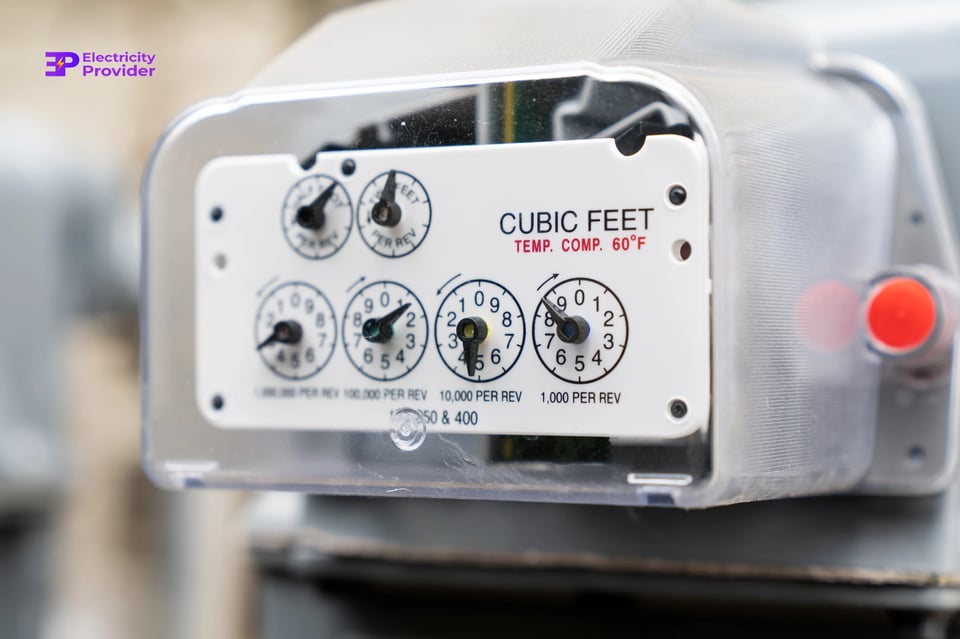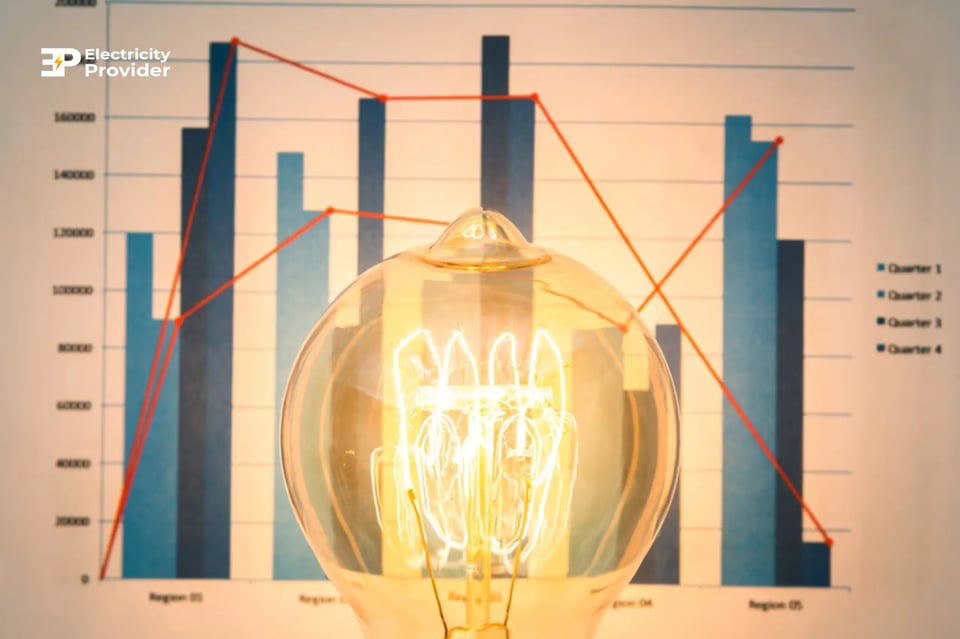Looking for the Ideal energy plans in 2025? Compare tariffs, save on bills, and explore solar incentives in Australia. Maximise savings and go green today!

Published on 16/01/2025
By Pallav Verma
Energy Comparison
Navigating the maze of energy plans in Australia can often feel overwhelming. With evolving policies, fluctuating prices, and a growing emphasis on green energy, finding the Ideal energy plan in 2025 is more important than ever for homeowners and energy-saving enthusiasts. Whether you're looking to slash your utility bills, reduce your environmental footprint, or simply understand your electricity usage better, this guide is here to help.
We’ll walk you through actionable tips to compare energy plans, maximise savings, and make confident decisions for your home. It’s time to take control of your energy costs!
Choosing the right energy plan can seem like a small decision, but it can drive significant savings and a more sustainable lifestyle. Here’s why:
With Australia leading the global charge in renewables and energy adoption, 2025 brings new opportunities to be savvy with your energy use.
Before you start comparing plans, know your own habits. Analysing your usage is the foundation for finding a plan that fits.
Knowing your own patterns makes it easier to align with energy rates that save you money.
Pro Tip: If you’ve installed solar panels, analyse how much of your energy comes from your system versus the grid. Excess solar energy exported back into the grid should also be factored into your choice.
The key to finding the Ideal plan lies in comparison. Different energy providers cater to diverse needs, so don’t settle without exploring your options.
Time-of-Use Tariffs offer lower rates during off-peak times.
Flat Rate Tariffs ensure the same rate for all-day usage, which can work well if your energy use is stable.
Compare how much providers will credit you for exporting solar energy back to the grid. These rates vary widely across states.
Many providers offer new-customer incentives, loyalty perks, or discounts for bundling services.
Check for exit fees, lock-in periods, or contracts that penalise switching.
Look for renewable energy plans to reduce your carbon footprint.
You can compare energy plans and providers in your area using platforms like Econnex or Electricity Provider for comparison utility services, or Energy Made Easy, a government-operated energy comparison website. Just enter a few basic details to see your options in minutes.
Pro Tip: Regularly assess your plan – energy markets can change quickly, so ensure you're always on the Ideal deal.
Australia is a global leader in solar adoption, and 2025 promises to bring new policies and incentives that can supercharge your savings.
Solar owners get credited for excess energy sent to the grid. While some providers offer as little as 3–5c per kWh, others offer up to 12c for the first set of exported kWh daily. Compare feed-in tariffs for maximum returns.
Battery storage allows you to store unused solar energy for nighttime use, reducing reliance on grid electricity at higher evening rates. Check your eligibility for battery incentives under programs like the NSW Peak Demand Reduction Scheme.
Green energy plans ensure your electricity comes from renewable sources like wind or solar. Look for incentives to support eco-friendly goals, which also align with Australia's commitment to reducing emissions.
Pro Tip: Even if solar isn’t an option for your household, green power plans can make your energy use more sustainable.
No two households are the same, so factoring in your specific circumstances is key.
Pro Tip: Many providers offer tailored advice. Don’t hesitate to call and explain your lifestyle—they may have unique recommendations.
The energy landscape in Australia is rapidly evolving, and staying informed can save you money long-term.
Global trends suggest higher costs for electricity. Offset this by locking into low-rate plans.
AI will enhance options for energy monitoring and optimise your energy management with tailored insights.
Expect more renewable integration and opportunities to save via smart appliances or flexible demand-response systems.
Staying ahead of these trends ensures you’re ready to adapt and save.
If you’ve found a better plan, switching providers is a straightforward process. Here’s how to make the switch effortlessly:
Share your NMI (National Metering Identifier) found on your current bill.
Most transfers only take 1–2 business days. No need for installations or blackouts.
Once switched, review your first bill to confirm you’re on the correct plan.
Pro Tip: There are no fees for exiting plans without lock-in contracts, so switching regularly is hassle-free.
Navigating the energy market in 2025 is no small task, but with these tips, you’ll be empowered to find the Ideal energy plans tailored to your needs. From understanding your usage to exploring solar incentives and monitoring new trends, every step brings you closer to reducing costs and supporting renewable energy.
If saving money while maximising your energy efficiency excites you, take the first step today. Compare energy plans using trusted sites like electricityprovider.com.au, reach out to providers for advice, and make informed choices—your wallet (and the planet) will thank you.



